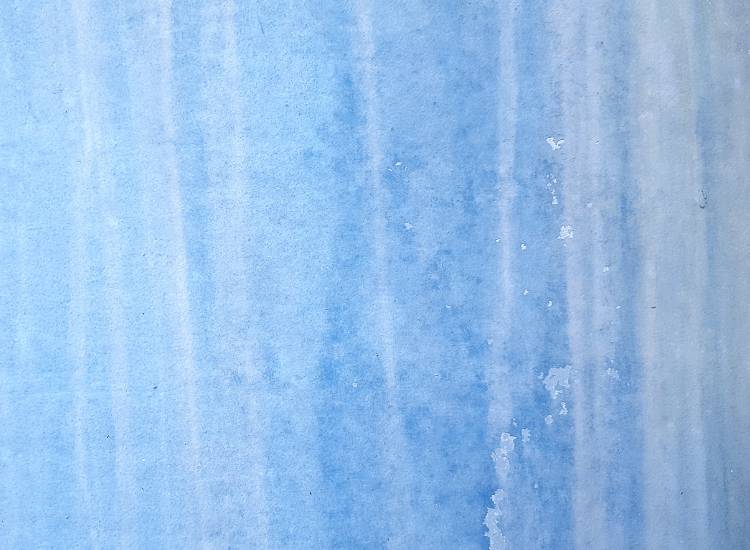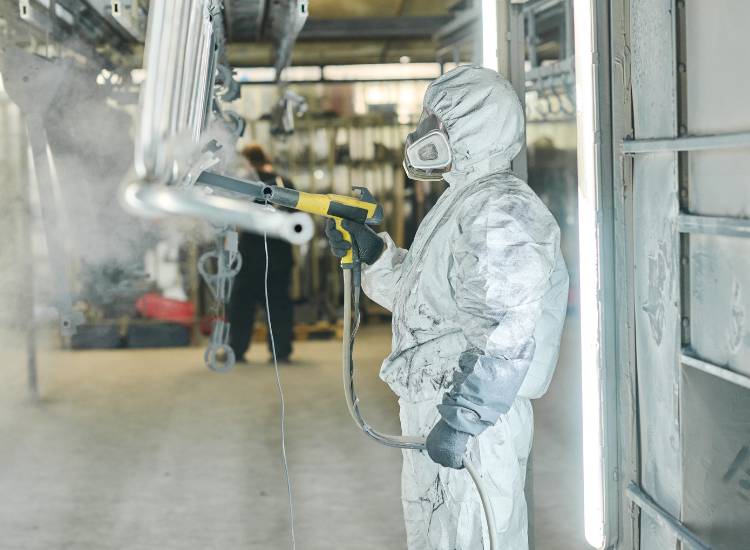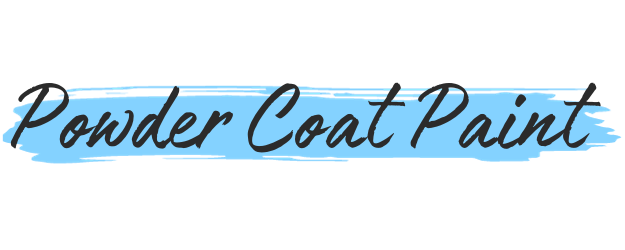How to Restore Faded Powder Coating
Restoring faded powder coating is quite a common task, yet it’s often overlooked. You may notice that your once vibrant and colorful outdoor furniture or metal surfaces appear dull, losing their original luster.

Many people face this issue, but the good news is that there are ways to restore the appearance of your powder-coated items. This article will guide you through the process, providing you with tips and tricks to bring your powder coating back to life.
Identifying Faded Powder Coating
Faded powder coating can be challenging to identify at times. Your first step is to examine the surface for any visible signs of fading, such as color lightening or unevenness.
Next, try comparing the coated area with an original, non-faded sample or a protected area that hasn’t been exposed to the elements. This comparison will often reveal fading that you might have missed at first glance.
You should also check for areas where the surface is showing through the coating. This could indicate premature powder coating wear due to exposure to UV, rain, or abrasive materials.
Preparation Before Restoring
To begin restoring your faded powder coating, clean the surface first. Use a mild detergent and a soft brush or cloth to remove any dirt, grime, or debris.
Rinse the surface thoroughly with clean water. Make sure it’s completely dry before the next step, as moisture can hinder the restoration process.
Inspect the powder-coated surface for any damage or irregularities. Take note of areas with more extensive fading or chipping, as they may require extra attention during restoration.
Prepare your work area by laying down drop cloths or plastic sheeting to protect the surrounding surfaces. Gather your restoration materials – typically a high-quality paint or coating specifically designed for powder-coated surfaces.
Step-by-step Process to Restore Faded Powder Coating

1. Cleaning the Surface
Before you start, clean the surface using a degreaser. This will remove dirt, grease, and other contaminants.
Then thoroughly rinse the surface with water and allow it to dry completely.
2. Sanding the Surface
Next, sand the surface gently using 220-grit sandpaper. Be sure to remove any loose or chipping powder coating.
Wipe the surface clean with a cloth to remove any dust or debris.
3. Applying Primer
Apply a self-etching primer to the sanded surface, following the manufacturer’s instructions. It’s important to use a primer that’s compatible with powder coating.
Allow the primer to dry for the recommended time before moving on to the next step.
4. Getting the Powder Coating
Choose a high-quality powder coating that matches your desired color and finish. Be sure to use a powder coating gun and an appropriate air compressor for the application.
Test the powder coating on a scrap piece of metal to ensure the desired finish and color.
5. Curing the Coating
Apply the powder coating evenly to the surface, making sure to cover all areas. Once the item is completely coated, place it in a powder coating oven.
Cure the coating according to the manufacturer’s instructions, usually around 400°F (200°C) for 15-20 minutes. Remove the item from the oven and let it cool down.
Maintaining the Restored Powder Coating
After restoring your powder coating, it’s essential to maintain its appearance. Proper maintenance will keep the coating vibrant and extend its lifespan.
One important aspect of maintenance involves keeping your powder-coated surface clean. Regularly remove dirt, dust, and debris with a soft brush or cloth, which minimizes the risk of scratches.
Additionally, avoid using harsh chemicals or abrasive materials for cleaning. Instead, opt for non-abrasive solutions, such as a mild detergent diluted in water. Gently wipe the surface with a soft cloth soaked in this solution.
To further protect your coating, consider using wax specially designed for powder-coated surfaces. These waxes provide a protective layer that helps repel dirt and water, making future cleaning easier. Remember to follow the application instructions on the wax product.
Lastly, monitor the restored powder coating for any signs of damage, such as peeling or chipping. Address these issues promptly, either by touching up the affected areas or consulting a professional.
Troubleshooting Common Issues
Uneven finish: If the coating is uneven, you may not have cleaned the surface thoroughly. Ensure all dirt, debris, and old coating are removed before applying a new coat.
Poor adhesion: If the coating isn’t sticking well, consider lightly sanding the surface for better adhesion. Use a fine grit sandpaper (around 220 grit) to avoid damaging the metal.
Blisters or bubbles: Blisters or bubbles on the surface can occur if your application technique isn’t smooth. Use thin, even coats and aim for a “Dusting” application to prevent this issue.
- Fast cure time: If the new coating cures too quickly, it can lead to an uneven surface. Be mindful of temperature and humidity conditions, as well as any specified cure time instructions for the product you’re using.
- Dull finish: If you’re not satisfied with the final result, an additional clear coat can enhance the overall appearance and provide added protection. This is especially helpful if the original coating has significantly faded.
Remember, practice makes perfect. As you work through these common issues, your skills in restoring faded powder coatings will improve.
Related: Powder Coating Tips
